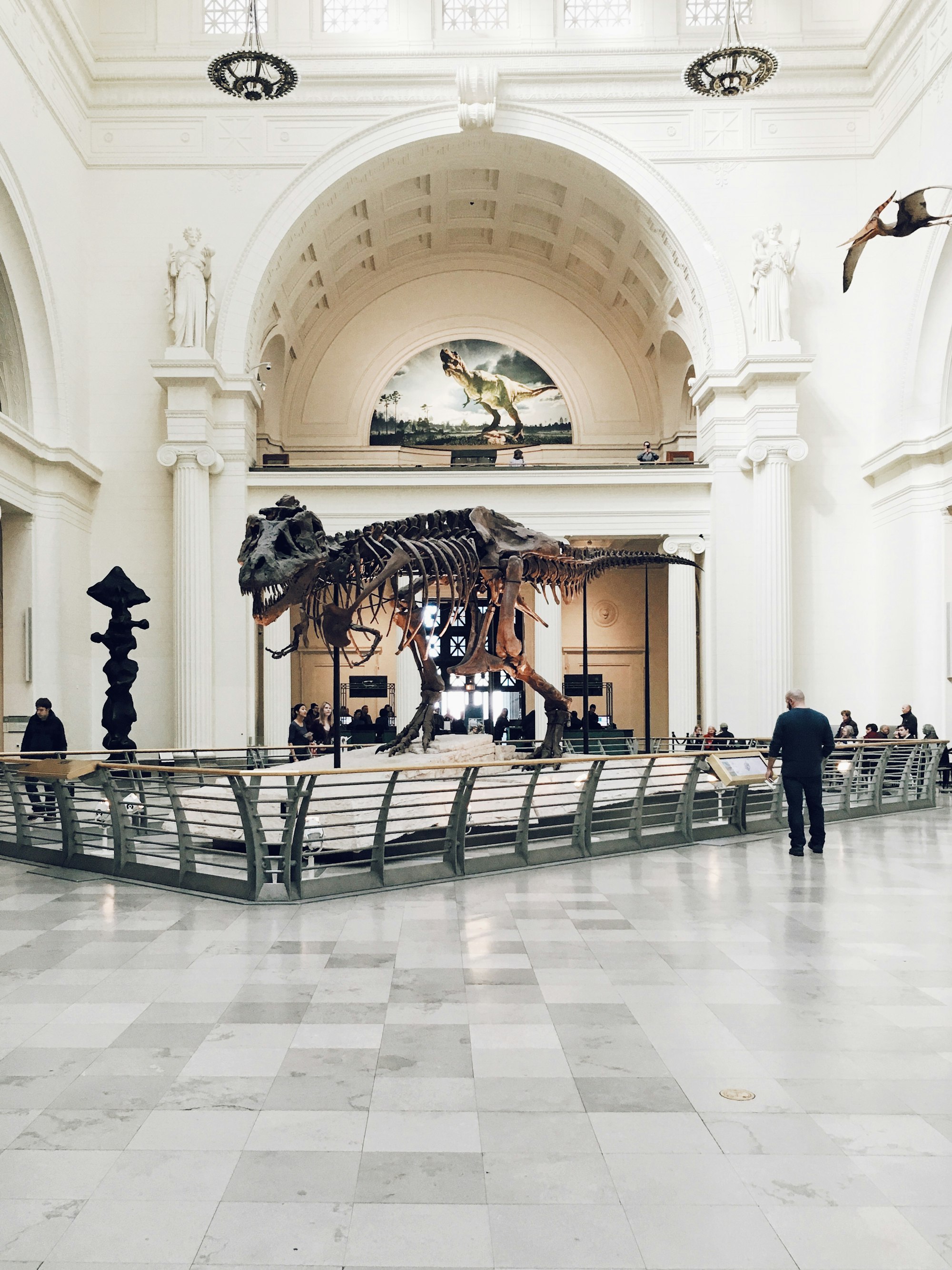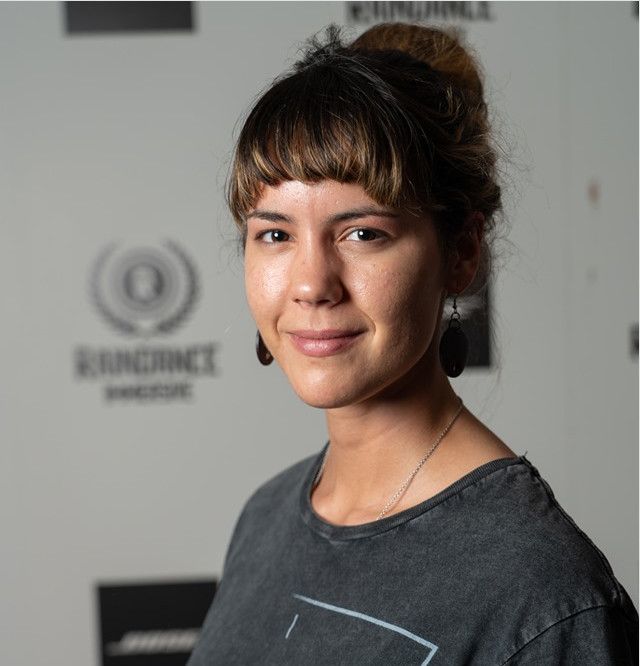The best way to capture the past is to leverage the capabilities of the future. New tools and technologies enable us to tell stories in new ways, bringing content to life in a context that is most natural to the way we experience the world— in three dimensions.
Augmented reality and virtual reality are the first mediums that allow visitors to fully immerse in an experience. Whether the Cambrian Age, the first cities emerging in Mesopotamia, or maybe events even closer to the present day like World War II, we can relive moments in time and space with augmented reality and virtual reality, or see things from new perspectives like scale and size in science and analytics.
With the recent developments in computing technology such as faster processing speeds, the miniaturization of hardware, and advances in display technology, virtual reality and augmented reality are already being deployed across numerous cultural applications.
In this blog post, we’ll outline the core benefits of using augmented reality and virtual reality for museums and exhibitions.
Why use Augmented Reality and Virtual Reality for Museums and Exhibitions?
Technology isn’t just adding new elements to museums and exhibitions, it’s challenging the very idea of what it means to be a museum or exhibition today by bringing the past to life, and adding new perspectives to the present.
In this section, we’ll look at a few core benefits of using AR and VR for museums and exhibitions:
Revitalize Existing Content and Create New Experiences
Formerly passive spaces, technology is adding new elements of interactivity and entertainment, where audiences are active participants, gaining a deeper understanding of history and where we might be going in the future.
Overlay existing exhibitions with informative content and audiovisual narrative. With AR and VR, audiences can pass through an immersive museum or exhibition on their own time, with a personalized experience that caters to their interests, knowledge, language, and level of comprehension.
Moving from one marker to another where digital experiences are activated, audiences become deeply engaged in content and emotionally invested in the narrative, forming a long lasting impression that encourages audiences to share their experience and attract more visitors.
It’s not just the experience that counts, but what happens afterwards too via experience and knowledge sharing that revitalizes culture, and the museum and exhibition economy.
Bring Narratives To Life
In addition to creating richer learning experiences by immersing audiences in digital environments, AR and VR present entirely new ways for audiences to experience existing content by bringing age-old narratives to life.
While much of history is lost to time, physical remnants like fossils, ornaments, tools, art and architecture remain. Blur the lines between the real and digital by blending augmented reality and virtual reality content with physical elements.
Allow audiences to go to places that were previously inaccessible, like tombs, protected sites, places in the world that no longer exist or, to see relics that are extremely rare, and visit potentially dangerous places.
In augmented reality, create audiovisual stories that compliment physical spaces. With virtual reality, design physical spaces that audiences can touch, bringing digital content to life.
It’s through our senses that we experience the world. Adding multisensory elements to augmented reality and virtual reality transports your audience to other places and times, creating an entirely new simulated reality.
Digital scans of people, objects or places revive history. Capture traditions of peoples from across the world. Bring credibility to content by recreating historical figures, enabling them to share the stories they fought for during their time.
Achieve Unparalleled Accuracy
Museums and exhibitions inform how we situate ourselves in the world, and our understanding of it. Huge amounts of research goes into recreating natural history and scientific demonstrations, and even animating extinct creatures or creating historical sets.
Today, 3D scanning technology is incredibly precise. Computing power is accurate enough to handle highly detailed content, with the power to take audiences to places that no longer exist.
As 3D scanning technology and 3D tools become commonplace, so does the availability of highly accurate models, and creators who are able to make custom assets.
Augmented reality and virtual reality take things to the next level, where designs can be recreated with ultimate precision using game engines, and highly accurate animation can be done based on algorithms or motion capture.
Already, doctors are using augmented reality and virtual reality to explore the human body- just one indication of how ready the technology is for advanced and high stakes applications.
Setting up Your Gallery with Augmented Reality or Virtual Reality
In terms of setup at a gallery or exhibition, we recommend three simple steps of the process:
- Create a prep room where people are fitted with the HoloLens or other device
- Next, audiences enter the exhibition space to physical and virtual elements that can be elements can be pictures, videos, 3D models, animations, or 3D volumetric captures (depending on the goal of the exhibit)
- Finally, create an exit area where visitors can leave the HoloLens or other device with a staff member who returns it for charging and the next group of visitors
Just like that, your museum or exhibition augmented reality or virtual reality experience is ready to go! Not only that, but there’s no demand on visitors other than to walk and look— a familiar part of the visitor journey.
Start Today with AfterNow Prez
There’s a world of opportunity with AR and VR to compliment existing spaces, adding new elements of interactivity, enhancing storytelling and knowledge dissemination, and showcasing historical and scientific elements with the utmost accuracy.
With AfterNow Prez, easily make and distribute augmented reality and virtual reality content for galleries and exhibitions with a drag and drop interface that resembles familiar programs like Microsoft PPT or Google Slides. Drag & drop 3D assets, audio, and text and iterate just as easily, with updates published in real time.
Get started today, or work directly with our team. As your exhibition or museum develops, easily iterate, update, adjust or change content along the way.


